Unlock the Full Value of Tutoring with Search Based Learning
by Will Chambers on 24th February, 2020
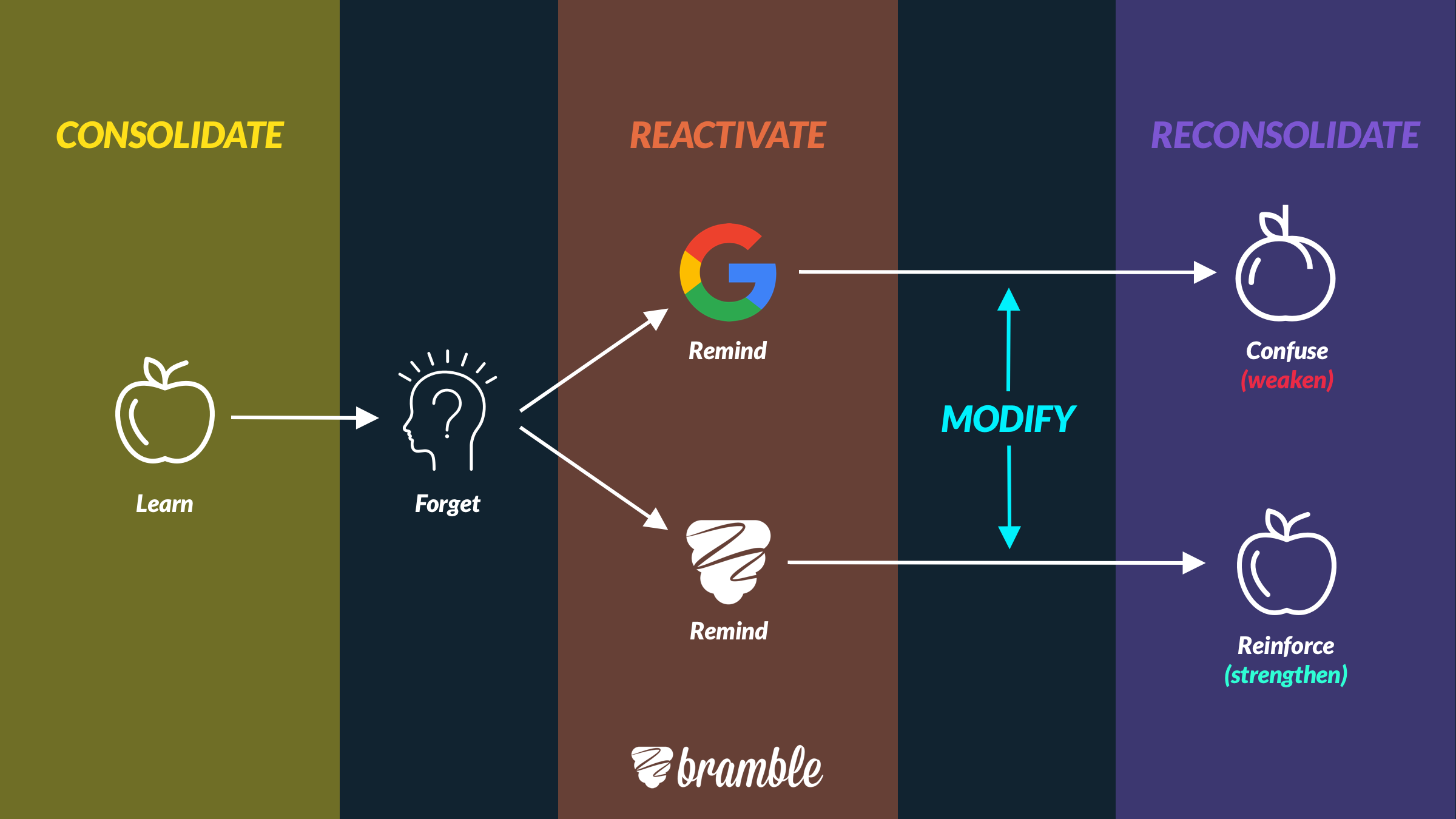
Tutoring hasn’t changed much in the past two thousand years. From Aristotle and Alexander to today’s home and even online tutors, the model is largely unchanged. The tutor prepares, delivers an hour of tutoring and leaves. Next week, they do the same. Clearly, it works pretty well. But could it be better? Absolutely.
For example, did you know that the way many students currently revise mirrors the process we use when we’re actively trying to disrupt memory and learning?
Imagine instead that tutors could give their students tools for continuous learning. Rather than discrete weekly sessions, what if students could continuously access their learning at their time of need?
Enter Search Based Learning – a new paradigm in tutoring which puts students at the centre by helping them learn from their learning.
Search Based Learning requires two core technologies: lesson recording and Smart Search. The former is obvious but it’s the latter that’s key. It’s great having hours of recorded lessons but no student is actually going to sit there and watch them all. They need a way of homing in on the content that is most relevant to the concept they want to revisit. Smart Search is that homing missile. It lets students search everything they’ve covered in their tutoring: from spoken words to shared resources. It helps them quickly find exactly what they're looking for.
Smart Search makes Search Based Learning Possible.
This is revolutionary because it unlocks the full value of tutoring. No longer will unrecorded sessions go to waste or recorded sessions gather dust. Instead, students will have all that knowledge at their fingertips. This is clearly applicable to online tutoring but some tutors are even using Search Based Learning to enhance the service they deliver in home.
So what makes Search Based Learning so impactful? It uses insights from the neuroscience of memory reconsolidation and spaced learning to make learning and revision more effective. It gives students a single source of truth to make learning and revision more efficient. In doing both of those things, it maximises the value students derive from their tutoring.
Memory Reconsolidation and the Neuroscience of Learning
Reconsolidation is the process by which a reactivated memory is restabilised. To understand it, we first need to discuss consolidation – which is how we form new memories.
When we learn something new, it is stored in our short term memory by a process of synaptic consolidation. This synaptic consolidation is thought to be mediated by long term potentiation – the selective strengthening of specific synaptic connections. Over a longer period of time, systems consolidation takes place. The exact mechanism of systems consolidation is debated, especially with regards to the differences between episodic and semantic memories. Broadly speaking, it involves the movement of memory traces from the hippocampus to the neocortex where they take on a more permanent form.
Consolidation is how you learn something for the first time. What happens when it comes to retrieving that memory at a later date? Retrieval of the memory reactivates it and returns it to a labile state. That means it can be modified: weakened, strengthened or updated. Reconsolidation is the active process which returns the memory to a stable state.

During reconsolidation, memories are susceptible to modification.
The exact mechanisms underlying the neural process of memory reconsolidation continue to be debated. Much of the research to date has focussed on animal models. Typical experiments look to disrupt fear conditioning memory in rodents using a pharmacological blockade of reconsolidation. It’s difficult to reproduce these studies in humans because our fear responses are rather more complex and, rather critically, the drugs used are pretty toxic.
However, there have been a number of studies that look at memory reconsolidation in humans. This is where everything starts to come together. To test human reconsolidation we use non-invasive techniques which aim to interfere with the memory during reconsolidation. In a typical experiment, participants are asked to learn an initial list of items. They are asked to recall this initial list and then presented with a second list of slightly different items. Subsequently, they are tested on their recall of the initial list. That recall is impaired, essentially due to the confusion caused by the second list.
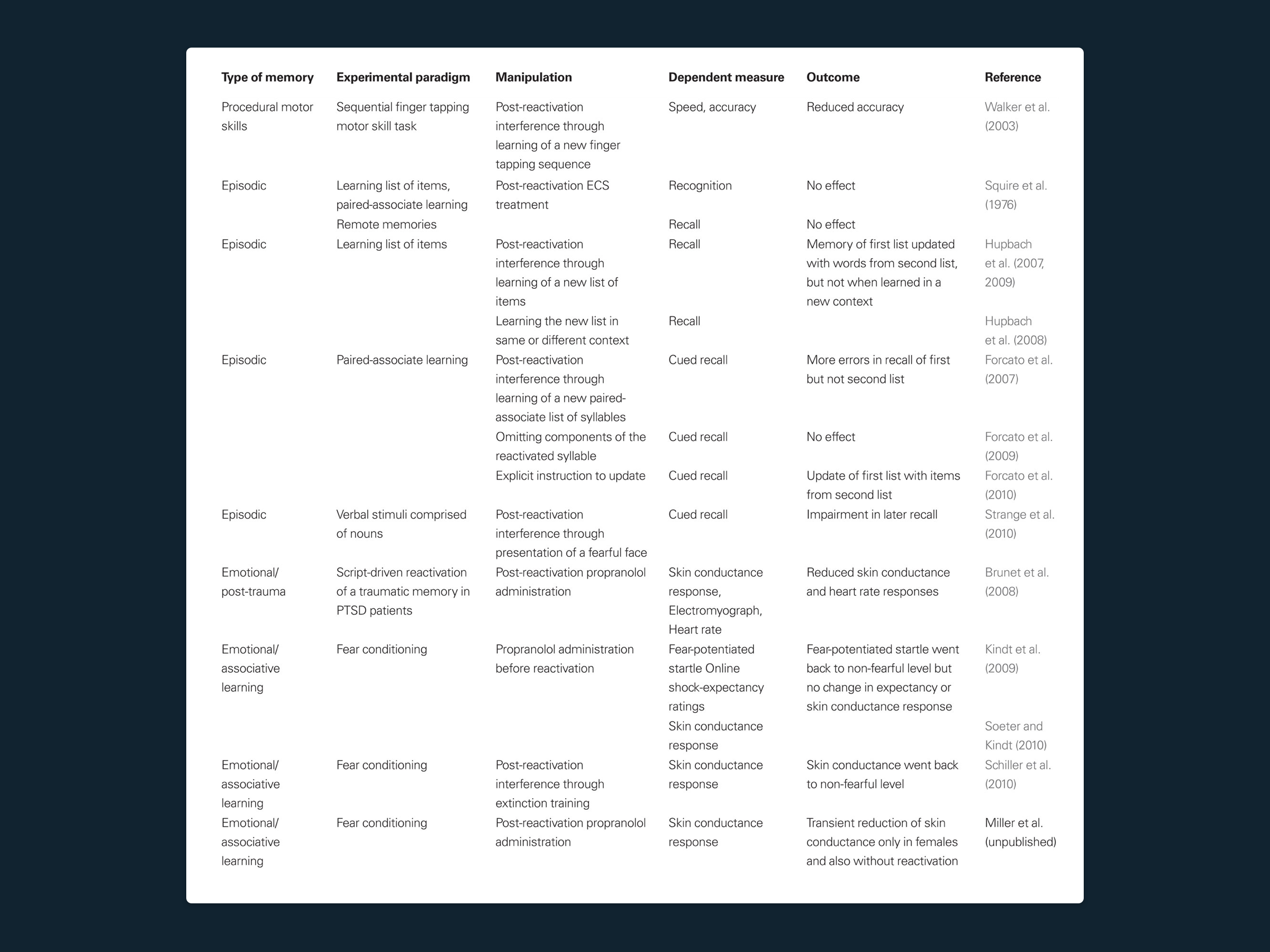
Studies show how memory reconsolidation can be disrupted in humans.
What on earth has any of this got to do with tutoring, learning and revision?
Quite a lot, it turns out.
Think about how things work at the moment. The student learns something new. Sometime later, they forget some of what they learnt. At this point, they turn to Google or some other generic source. Google returns millions of unpersonalised answers which risk confusion rather than clarification. Ask any science teacher and they’ll tell you they teach half truths. If the student’s search results turn up the wrong half of the truth, they end up more confused than when they started. Intuitively, this makes sense. What’s remarkable is that it mirrors the process we use in neuroscience experiments to disrupt memory.
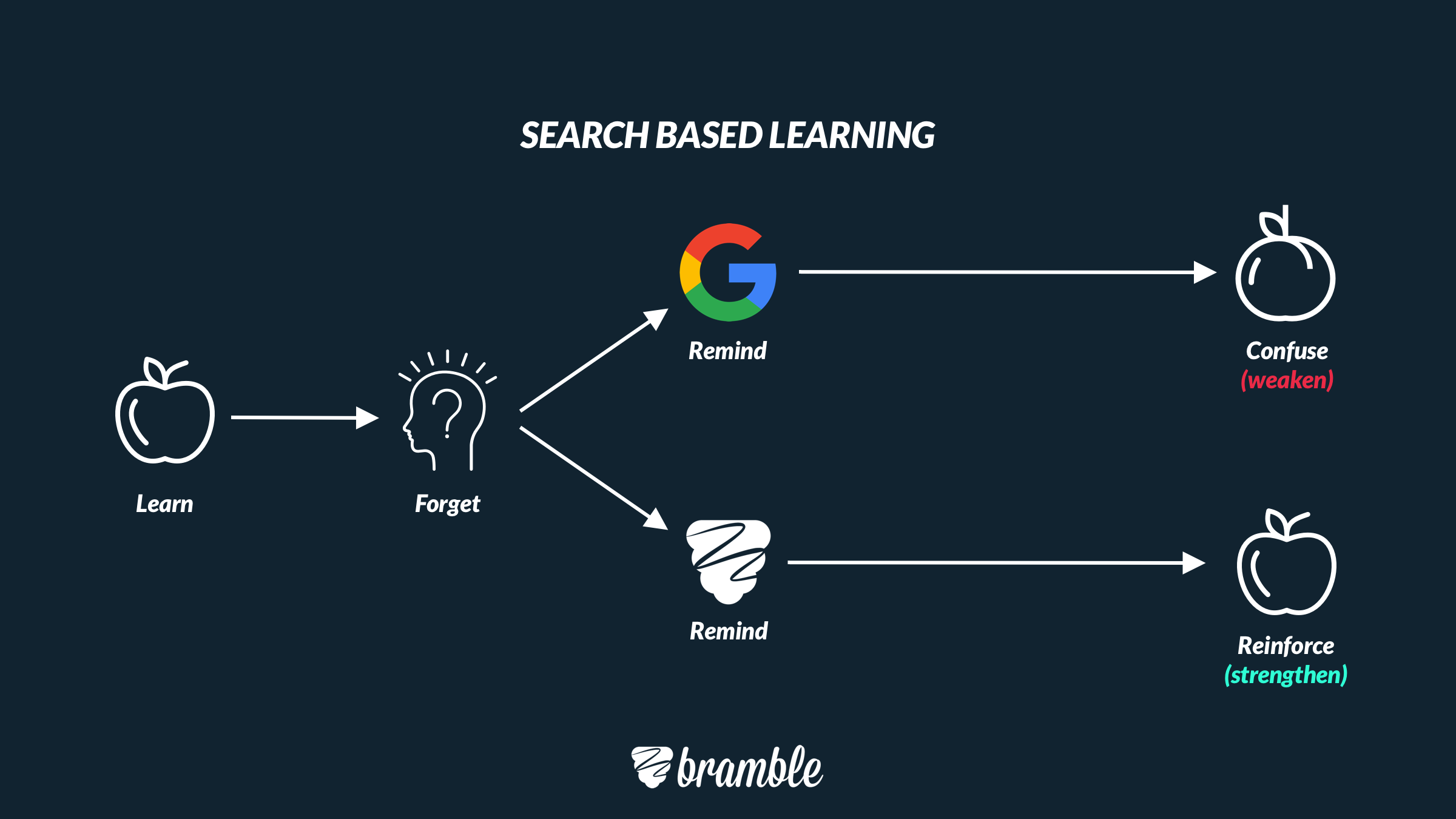
When students turn to Google they risk confusion as much as clarification.
That’s worth repeating: the process by which most students currently revise and fill in gaps in their knowledge mirrors the process we use when we’re actively trying to disrupt memory and learning.
Fortunately, there's an opportunity to put this right. If we can instead give students the capability to revisit the right learning, then we can use reconsolidation to strengthen their memory – rather than weaken it.

The neuroscience of memory reconsolidation shows how Search Based Learning helps strengthen memories
Spaced Learning, Reconsolidation and Search Based Learning
The Spacing Effect was first discovered by Hermann Ebbinghaus, who was applying quantitive methods to the research of human memory way back in the 19th century. He essentially ran memory experiments on himself to see how the percentage of information he retained declined over time. Those experiments have subsequently been replicated. From his experiments, we can draw a forgetting curve which shows how memory decays over time.
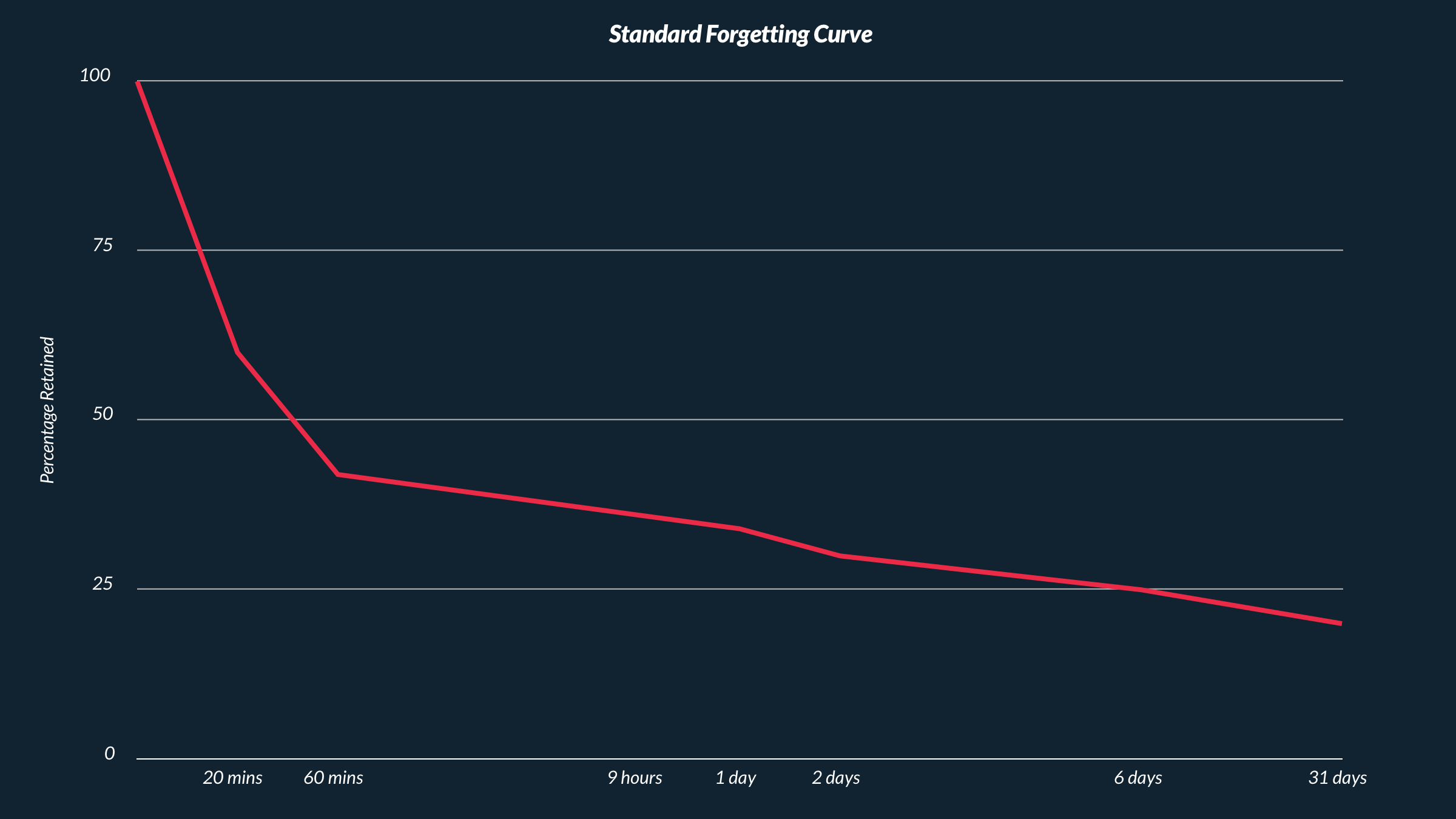
The standard forgetting curve shows how knowledge decays over time.
Critically, we can reduce the rate of forgetting by revisiting the information. This is Spaced Learning – revisiting information at varying intervals has a dramatic impact on the shape of the forgetting curve.
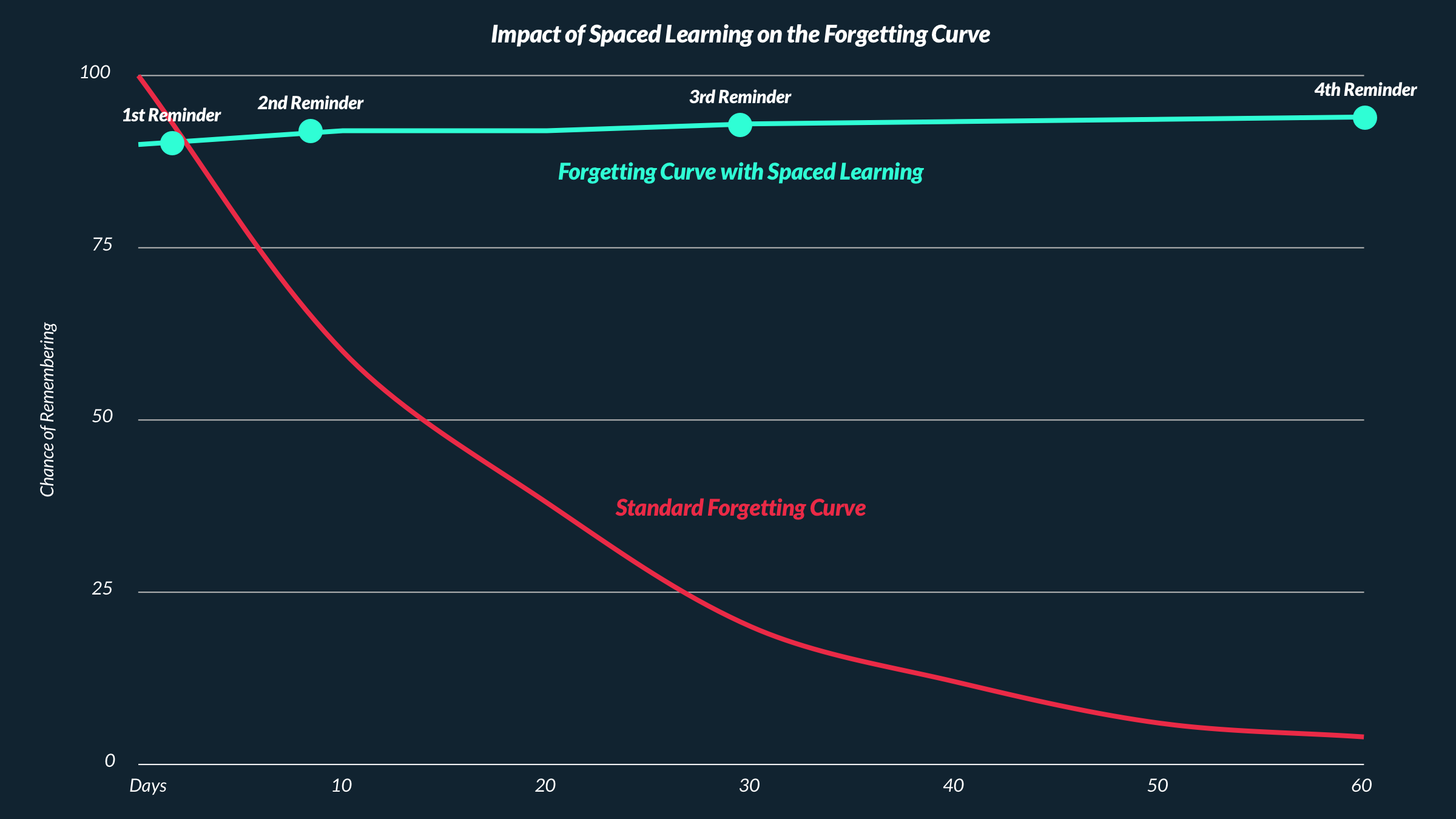
Spaced Learning dramatically improves memory of knowledge over time.
Now we can bring our three strands together.
- There is a good chance that the Spacing Effect is underpinned by reconsolidation.
- Reconsolidation has been shown to strengthen memories in the days following initial learning.
- Reconsolidation only strengthens memories if you are presented with the same information you learnt in the first place. This is exactly what Search Based Learning was designed for.
To summarise, Search Based Learning supports Spaced Learning to helps students learn and revise more effectively. The neuroscience of memory reconsolidation shows us why this is such an effective approach. It also shows us that the current approach, relied upon by many students, can be counterproductive.
Search Based Learning is More Efficient Too
Today’s students are as busy as ever. Not only are they attempting to master multiple topics across many different subjects, they’re also juggling a packed schedule of extracurricular activities. This can leave students feeling anxious and hopeless. Swimming frantically against the tide but not feeling like they’re getting ahead.
All of this means that efficiency is key. Whether students are revisiting new information shortly after learning it or returning after months to revise for upcoming exams, they need to find what they’re looking for quickly. If the knowledge and resources they’re looking for are spread across the web and various textbooks, it slows them down.
Search Based Learning speeds students up. It gives them a single source of truth, which they can rapidly search to find exactly what they’re looking for. Consider the example of a student who is trying to remember how to use integration to find the area between two curves. Rather than scouring the web, they head straight to their Bramble library. Personalised autocomplete helps them narrow down their search. They choose the result they want to watch and within seconds they’re recapping their knowledge. It doesn’t get much more efficient than that.
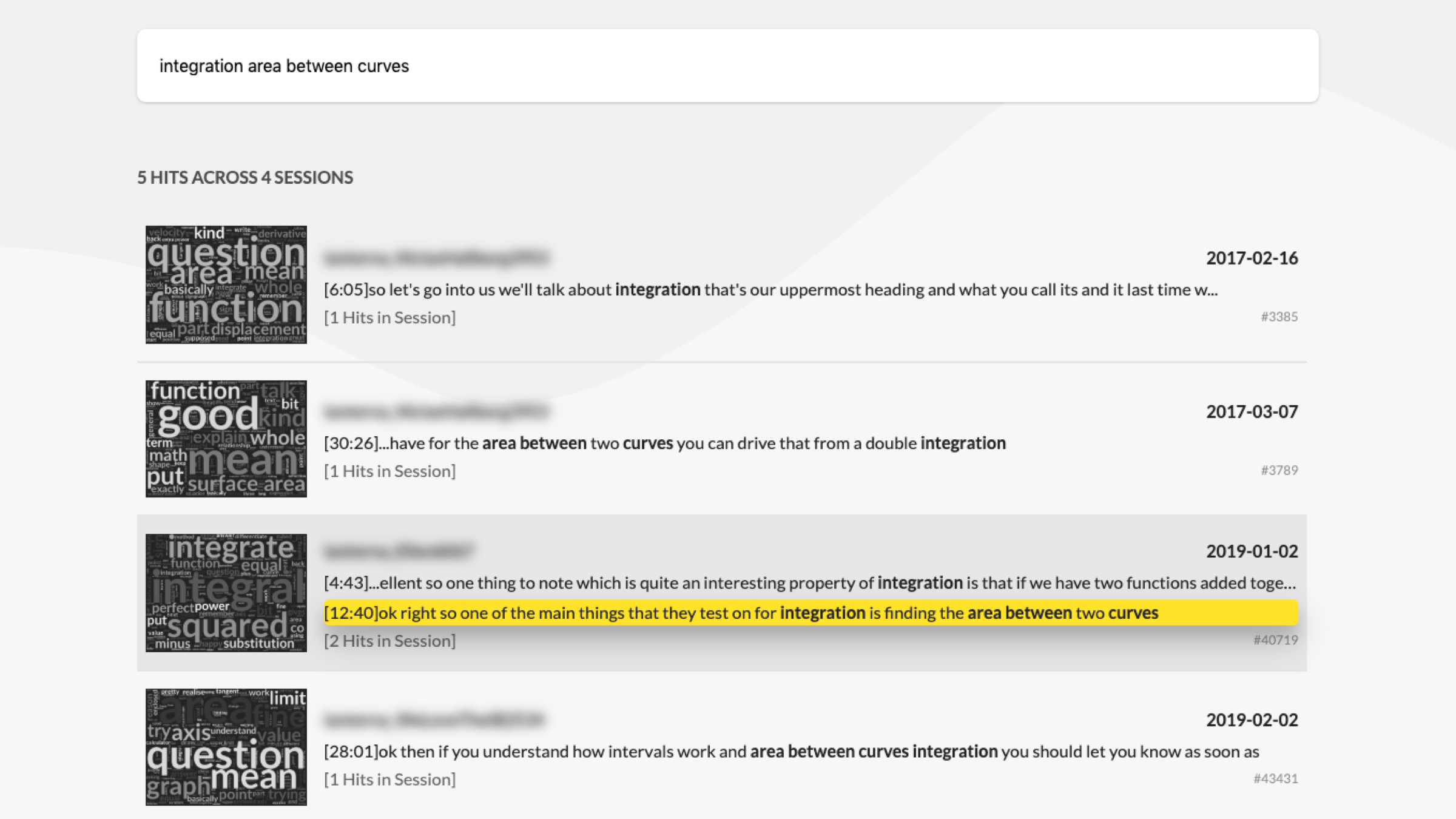
Students search for whatever they want to recap, with personalised autocomplete guiding them.
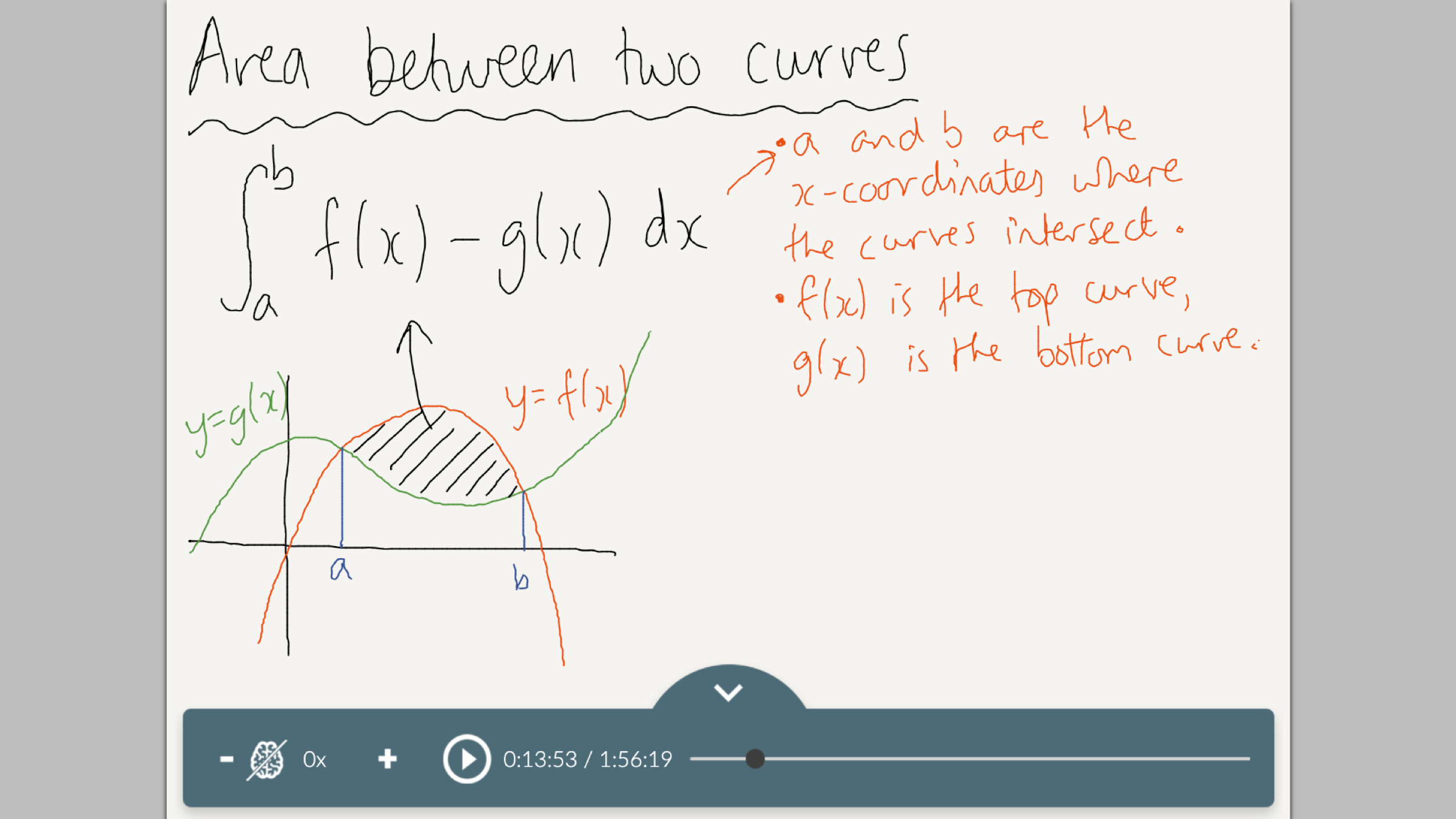
Within seconds, they're replaying the relevant clip to help solve their problem.
There’s another bonus here too. Students typically receive tutoring for the subjects and topics they struggle with the most. That means their revision library is filled with the content they find most challenging. It’s the perfect place for them to go to fill in gaps in their knowledge or recap something they’re struggling with. It’s personalised learning at its very best.
Search Based Learning Maximises the Value of Tutoring
The benefits of tutoring are numerous. But tutoring is expensive, so parents are always looking to make sure they get as much value as possible out of it.
Search Based Learning transforms the value of tutoring. Forget paying £50 for an hour of tutoring with much of the value lost after the session. Instead, that hour of tutoring becomes part of an ever growing library of personalised learning. That library, when coupled with Smart Search, equips students with a highly effective and efficient tool for learning and revision.
It would be almost unthinkable for a student to attend a class at school or university and come away without handouts, notes and revision materials to remind themselves of what was covered. Yet, that’s exactly what happens after many tutoring sessions.
The tutor provides a huge amount of knowledge, wisdom and value, only for it to be lost to time. Whilst many students will attempt to take notes during the session, it is difficult to do this while still focusing on what the tutor is teaching. With Search Based Learning, they don’t need to. They are liberated to concentrate fully on the session, safe in the knowledge that everything is recorded and searchable for whenever they need it.
This represents a powerful new paradigm for students. Rather than filling in gaps in their knowledge in a way that might actually be weakening their memory, they can now use a combination of technology and neuroscience to strengthen it.




